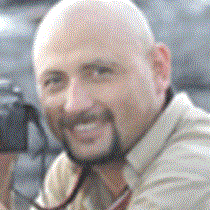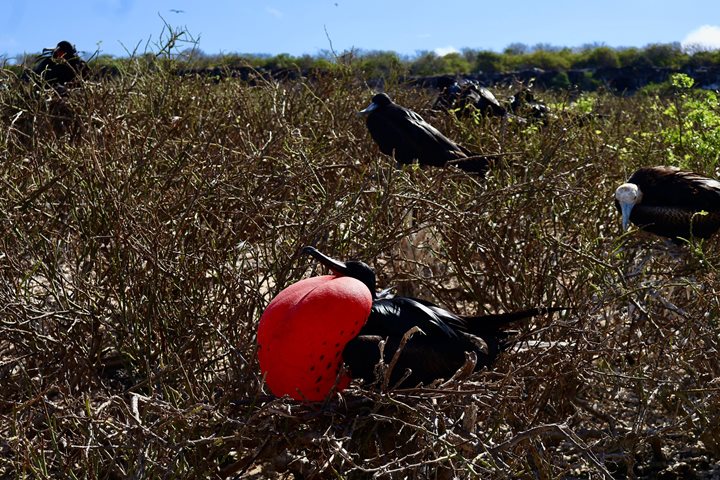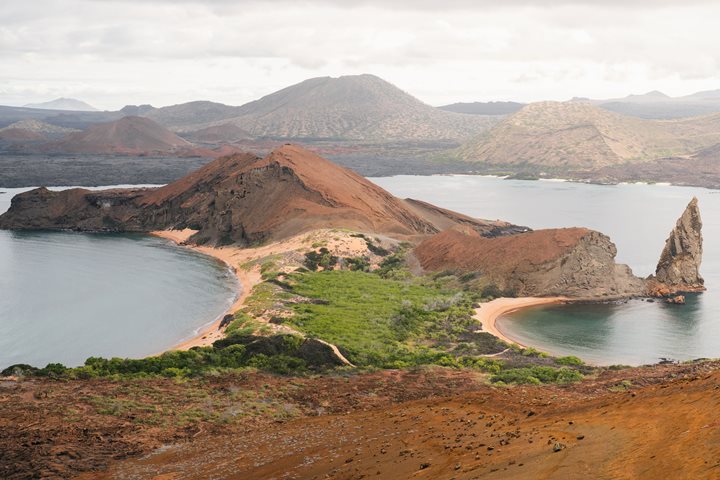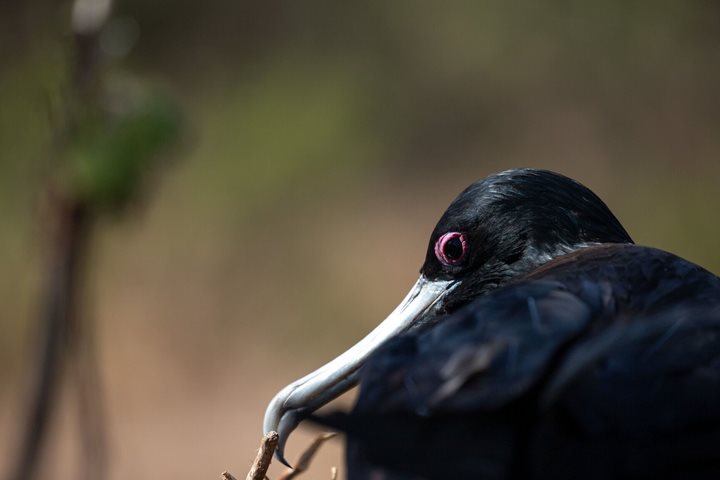Today was our last full day in Galapagos and we explored two visitor sites, one in the morning and one in the afternoon. First we climbed to the top of a parasitic cone; it’s a small volcano which is part of a larger volcano, and there are hundreds of them all over the archipelago. This visitor site was ideal to observe the three species of boobies in Galapagos — blue-footed, Nazca, and red-footed — among other species of seabirds. During our hike we had the opportunity to see two more endemic animal species of Galapagos, the San Cristobal mockingbird and the San Cristobal lava lizard, and many endemic plants as well. For the afternoon we visited a white coralline beach with Galapagos sea lions and turquoise water. What an amazing place to end our expedition in Galapagos.
6/13/2025
Read
National Geographic Endeavour II
Genovesa Island
We started the day with excitement as we landed on the beautiful, pristine coast of Isla Genovesa - a true birder’s dream. Along the sandy beaches and steep cliffs of Darwin Bay, we were surrounded by an incredible array of birdlife. Frigatebirds soared closely overhead with their red pouches on full display, while Nazca and blue-footed boobies nested along the rocky ledges. Swallow-tailed gulls called out as we walked past. In the distance, we saw the stoic and elusive short-eared owl. The island was alive with color, sound, and constant movement. Between our excursions to Isla Genovesa, we snorkeled near Prince Philip’s Steps and discovered a vibrant world beneath the waves. Schools of fish swirled around us, a fur seal turned in the water as if dancing on cue, and sea lions relaxed nearby. As our last snorkeling adventure came to a close, we spotted a sea turtle resting calmly in a crevice. As the sun retreated into the sky on our last return to National Geographic Endeavor II, we reflected on the sheer magnitude of what we witnessed on our last full day. Isla Genovesa, like the other islands, gave us a connection to a sacred world. The harmony between land, sea, and sky reminded us how deeply interconnected, vital, and fragile these ecosystems are. Watching birds tend to their nests and marine life swim effortlessly, we were struck by how little space there is between wonder and reverence. We recognized that our journey wasn’t just about observing unique wildlife, it was about feeling part of something grander and beautifully ancient.







